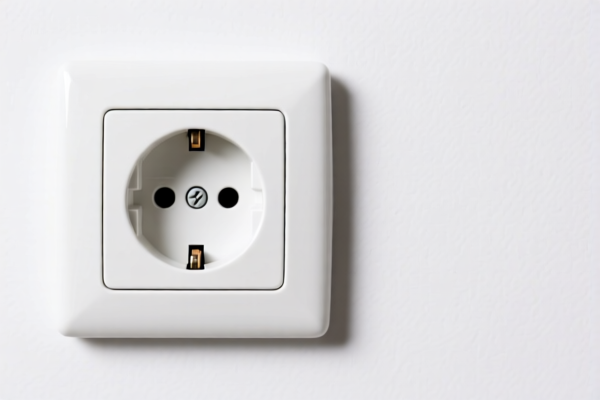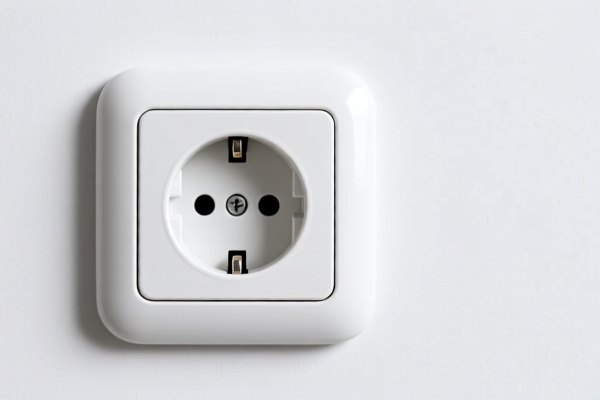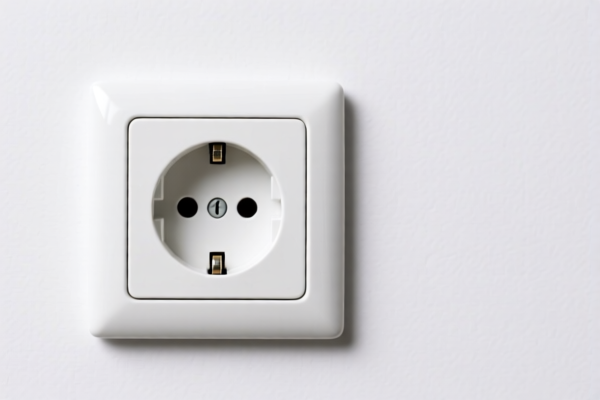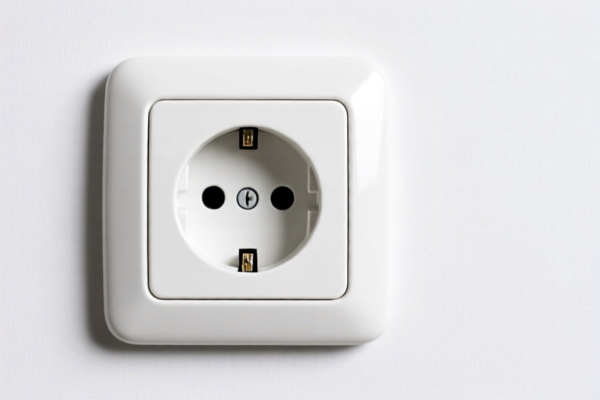| HS Code | Official Doc | Tariff Rate | Origin | Destination | Effective Date |
|---|---|---|---|---|---|
| 8467115040 | Doc | 55.0% | CN | US | 2025-05-12 |
| 8487900080 | Doc | 83.9% | CN | US | 2025-05-12 |
| 8487900040 | Doc | 58.9% | CN | US | 2025-05-12 |
| 9506390060 | Doc | 42.4% | CN | US | 2025-05-12 |




Socket Wrench Kit
A socket wrench kit is a collection of tools used to tighten or loosen fasteners, specifically nuts and bolts, utilizing a ratcheting mechanism for efficient operation. These kits are fundamental in a wide range of mechanical and repair applications.
Material
- Steel: The most common material for both sockets and wrenches, offering high strength and durability. Alloys like chrome vanadium steel (Cr-V) are frequently used for improved hardness and resistance to corrosion.
- Chrome: Often applied as a plating to steel sockets and wrenches to provide corrosion resistance and a polished finish.
- Black Oxide: A coating applied to sockets and wrenches for corrosion resistance and a non-reflective finish.
- Plastic: Used for handles and cases, providing grip and organization.
Purpose
The primary purpose of a socket wrench kit is to provide a convenient and efficient means of tightening and loosening fasteners. Compared to traditional wrenches, socket wrenches offer several advantages, including:
- Increased Torque: The longer handle and ratcheting mechanism allow for greater force application.
- Speed: The ratcheting action minimizes the need to reposition the wrench after each turn.
- Versatility: Different socket sizes and drive sizes allow for a wide range of applications.
Function
The core functionality relies on the interaction of several components:
- Ratcheting Mechanism: Allows the wrench to turn a fastener in one direction while allowing it to return to the starting position without removing it from the fastener. Typically features a pawl and gear system.
- Sockets: Interchangeable, hollow cylinders that fit over the head of a fastener. Available in various sizes (metric and imperial/SAE) and drive sizes.
- Drive Size: Refers to the size of the square opening on the wrench and socket, determining the torque capacity. Common sizes include 1/4", 3/8", 1/2", and 3/4".
- Handle/Wrench: Provides leverage and houses the ratcheting mechanism.
Usage Scenarios
Socket wrench kits are used in numerous applications, including:
- Automotive Repair: Engine work, suspension repairs, brake service, and general maintenance.
- Construction: Assembling and disassembling structures, tightening bolts on machinery.
- Plumbing: Connecting pipes and fixtures.
- Bicycle Repair: Adjusting components and performing maintenance.
- General Home Repair: Furniture assembly, appliance repair.
Common Types
- Standard Socket Sets: Include a range of common socket sizes and a ratchet wrench. Often come with extensions and a carrying case.
- Deep Socket Sets: Feature sockets with greater depth to accommodate longer fasteners.
- Impact Socket Sets: Constructed from stronger steel to withstand the force of impact wrenches. Usually black oxide coated.
- Universal Socket Sets: Include sockets with a swivel joint for accessing fasteners in tight spaces.
- Flex-Head Ratchet Sets: Feature a ratcheting wrench with a pivoting head for improved accessibility.
- Stubby Ratchet Sets: Contain short-handled ratchets for use in confined areas.
- Torque Wrenches: Specialized wrenches designed to apply a specific amount of torque to a fastener, crucial for precision applications. Often sold as part of a kit or separately.
- Pass-through Socket Sets: Feature sockets with a hole through the center, allowing them to be used on bolts with long studs or shafts.
Based on the material, use, function, and application scenarios, a socket wrench kit consists of hand tools used for tightening or loosening fasteners, potentially pneumatic, hydraulic, or with self-contained electric or nonelectric motors. These kits are commonly used in automotive repair, construction, and general maintenance.
The following HS codes are relevant to socket wrench kits, based on the provided reference material:
-
8467115040: Tools for working in the hand, pneumatic, hydraulic or with self-contained electric or nonelectric motor, and parts thereof: Pneumatic: Rotary type (including combined rotary-percussion): Other Wrenches, other than nut runners.
- 84: Chapter 84 covers nuclear reactors, boilers, machinery and mechanical appliances; parts thereof.
- 67: Heading 67 specifically addresses tools for working in the hand, pneumatic, hydraulic or with self-contained electric or nonelectric motor.
- 11: Subheading 11 further defines these tools as pneumatic.
- 50: This further specifies rotary type wrenches, excluding nut runners.
-
8487900080: Machinery parts, not containing electrical connectors, insulators, coils, contacts or other electrical features, and not specified or included elsewhere in this chapter: Other Other.
- 84: Chapter 84 covers nuclear reactors, boilers, machinery and mechanical appliances; parts thereof.
- 87: Heading 87 covers parts of machinery, not containing electrical connectors, insulators, coils, contacts or other electrical features.
- 90: Subheading 90 covers other parts not specified elsewhere.
-
8487900040: Machinery parts, not containing electrical connectors, insulators, coils, contacts or other electrical features, and not specified or included elsewhere in this chapter: Other Oil seals, other than those of chapter 40.
- 84: Chapter 84 covers nuclear reactors, boilers, machinery and mechanical appliances; parts thereof.
- 87: Heading 87 covers parts of machinery, not containing electrical connectors, insulators, coils, contacts or other electrical features.
- 90: Subheading 90 covers other parts, specifically oil seals.
Regarding HS code 8487900080 and 8487900040, please note the need to verify the material composition, specifically steel and aluminum, as these materials may be subject to an additional 25%加征关税.
Customer Reviews
No reviews yet.